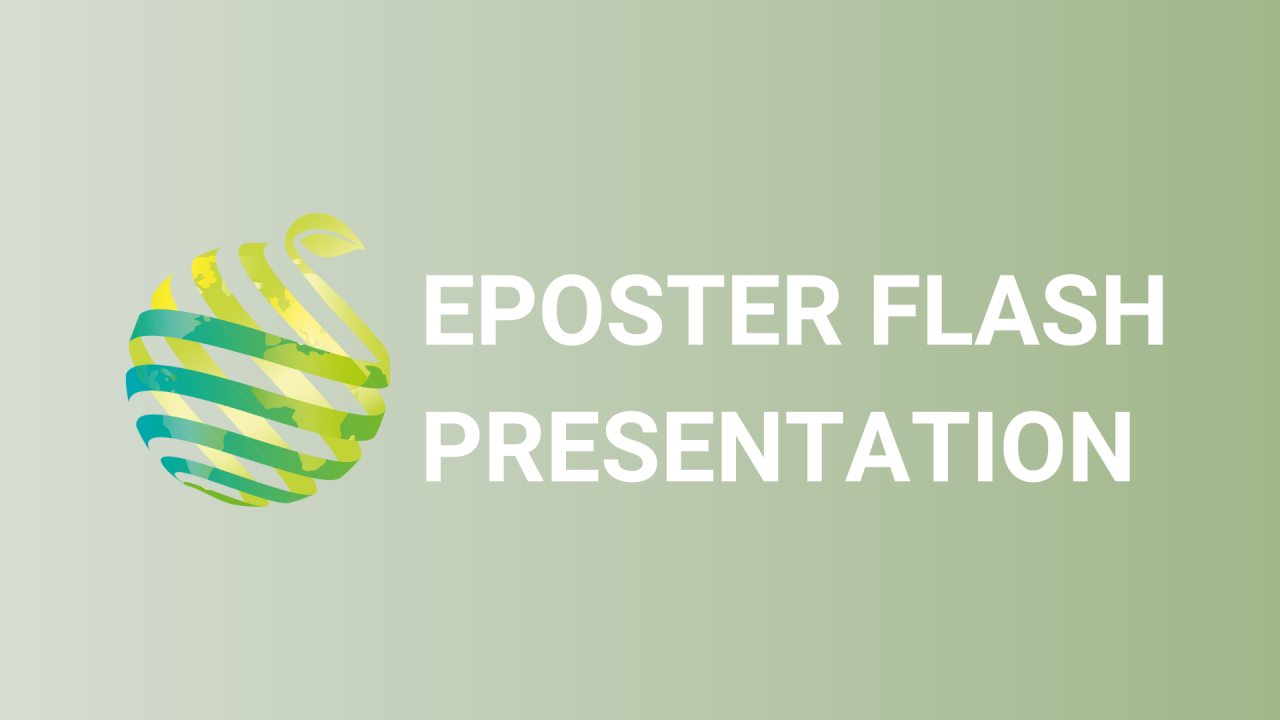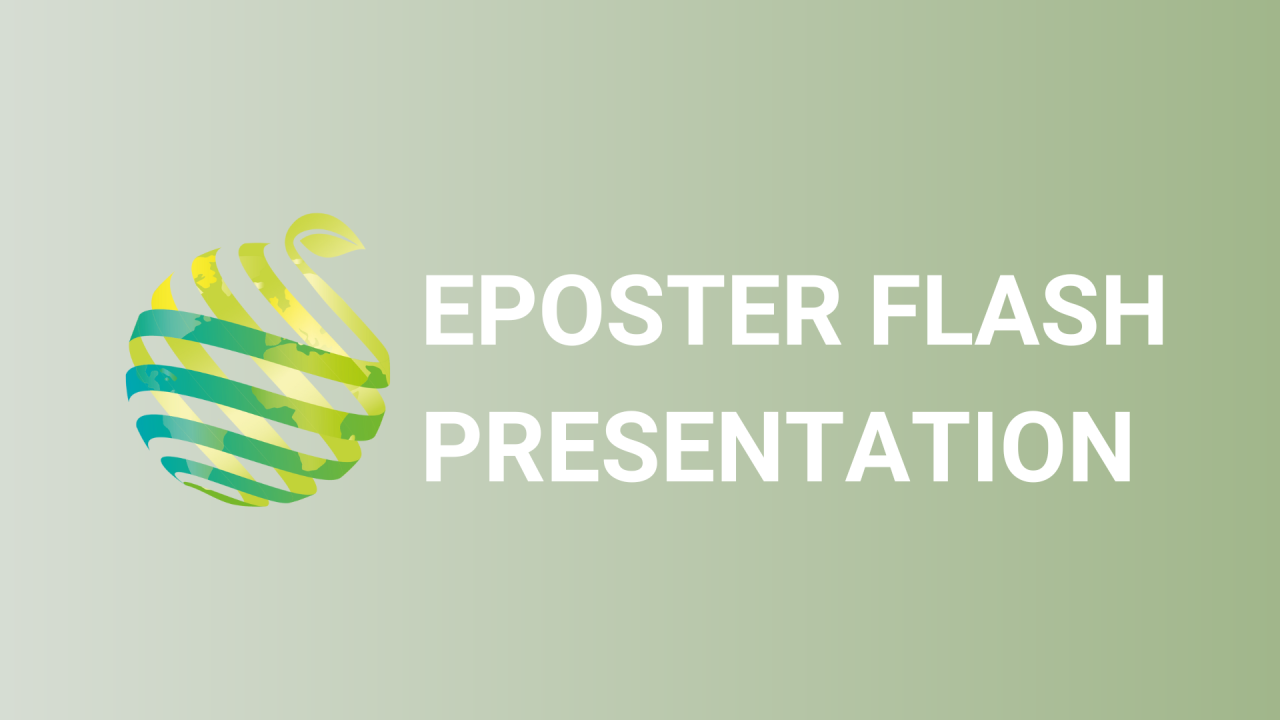

S03 - Session P1 - Nitrogen supply affects seed yield and quality in tomato plants
Information
Authors: Samuel Contreras *, Javier Sánchez, Francisco Albornoz
Nitrogen fertilization is one of the main practices in agriculture and its effects on yield and quality of most commodity products are widely known. However, the specific response of seed production to nitrogen fertilization is still not well understood, even in important horticultural species such as tomato. The objective of this study was to determine the effect of nitrogen fertilization on tomato seed yield and quality. Tomato, cv. Moneymaker, plants were grown in pots with a soilless media and fertirrigated with one of three nutrient solutions differing in its N concentration: 5, 15, and 25 mM. Yield and quality were measured for both fruit and seed. Although a higher fruit yield (g/plant) and fruit number were obtained in plants with the 5 and 25 mM treatments, respectively, these differences were not significant. A significant reduction in mass (p < 0.001) and increase in soluble solids of fruits (°brix; p < 0.002) was observed with the increase of N fertilization. In the case of seed production, no difference in seed yield (g/plant) was observed among treatments, however, a reduction in seed mass (thousand seed weight) was observed with the increase in N fertilization (p < 0.006). Seed standard germination was close to 90% normal seedlings and did not differ among treatments (p=0.664). However, when physiological germination (radicle protrusion) was evaluated in a solution of -0.1 MPa osmotic potential, germination percentage was lower in seeds from the 5 mM treatment (p < 0.001). When seed germination was evaluated after 5 to 26 days of accelerated aging at 41°C and 96% RH, the greatest longevity was observed for seed from the 25 mM treatment, while the lower was for seed from the 15 mM treatment (p < 0.001). These results suggest that optimum nitrogen fertilization doses for seed production may differ from those recommended for commercial tomato production.